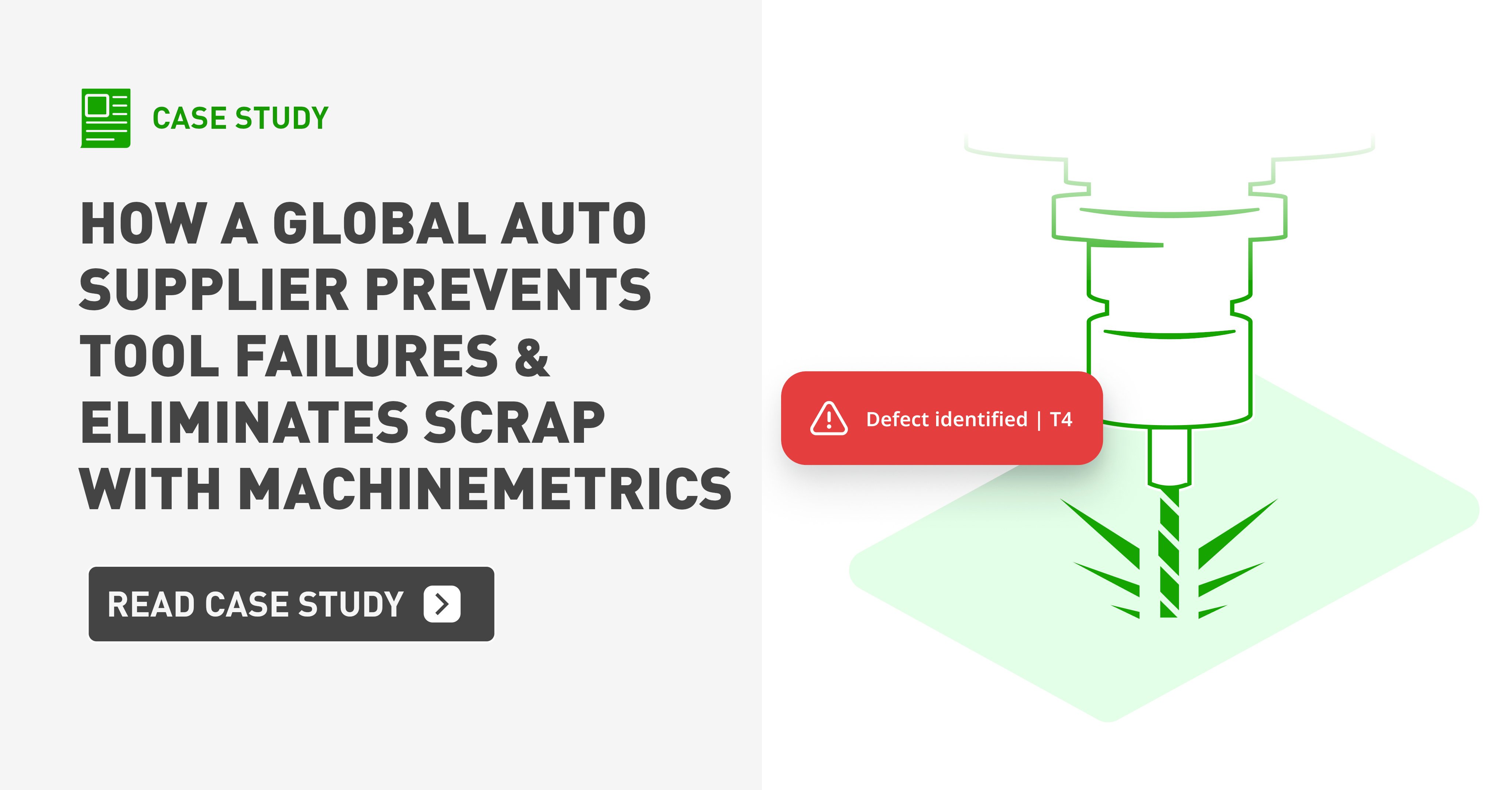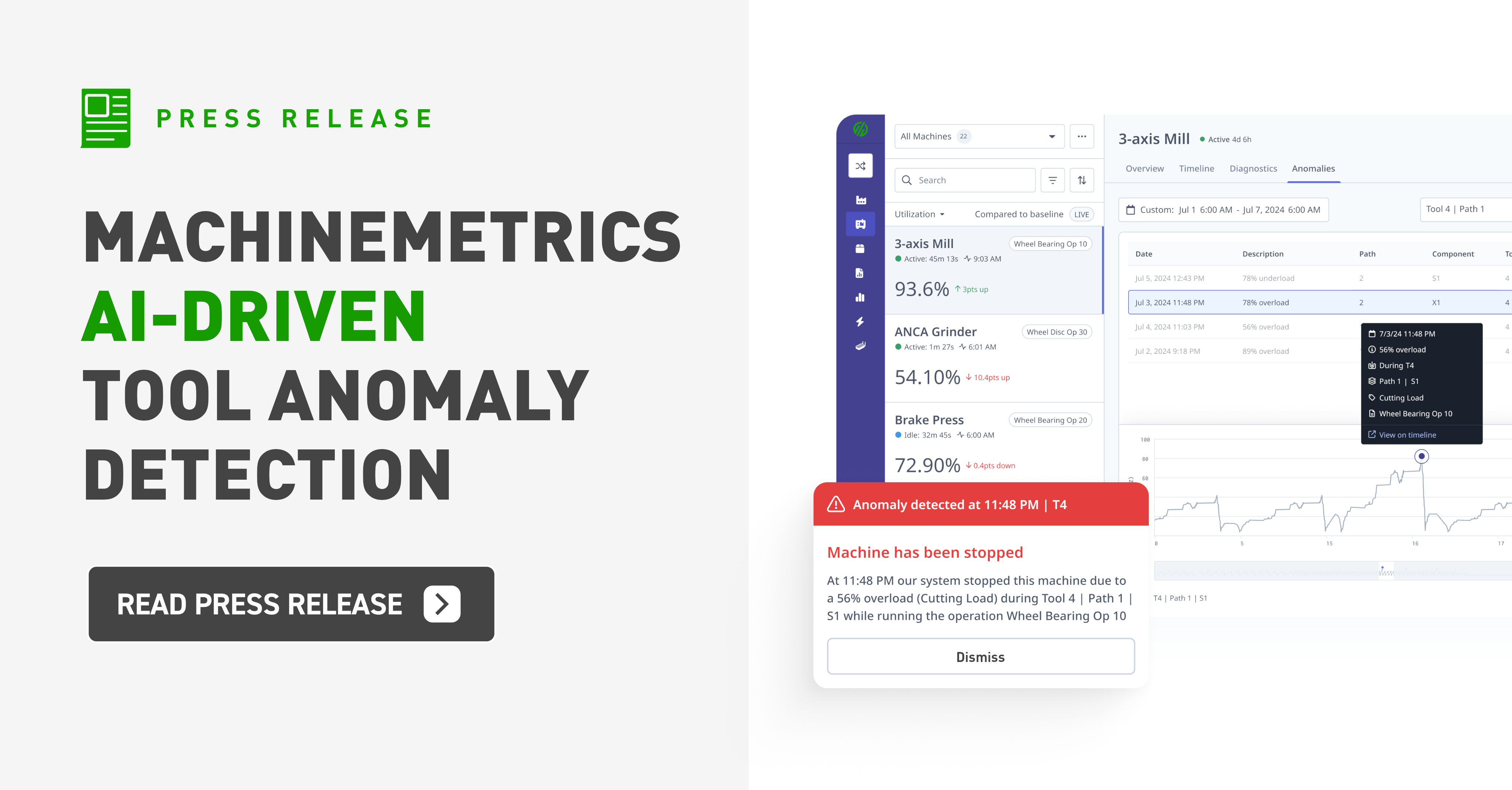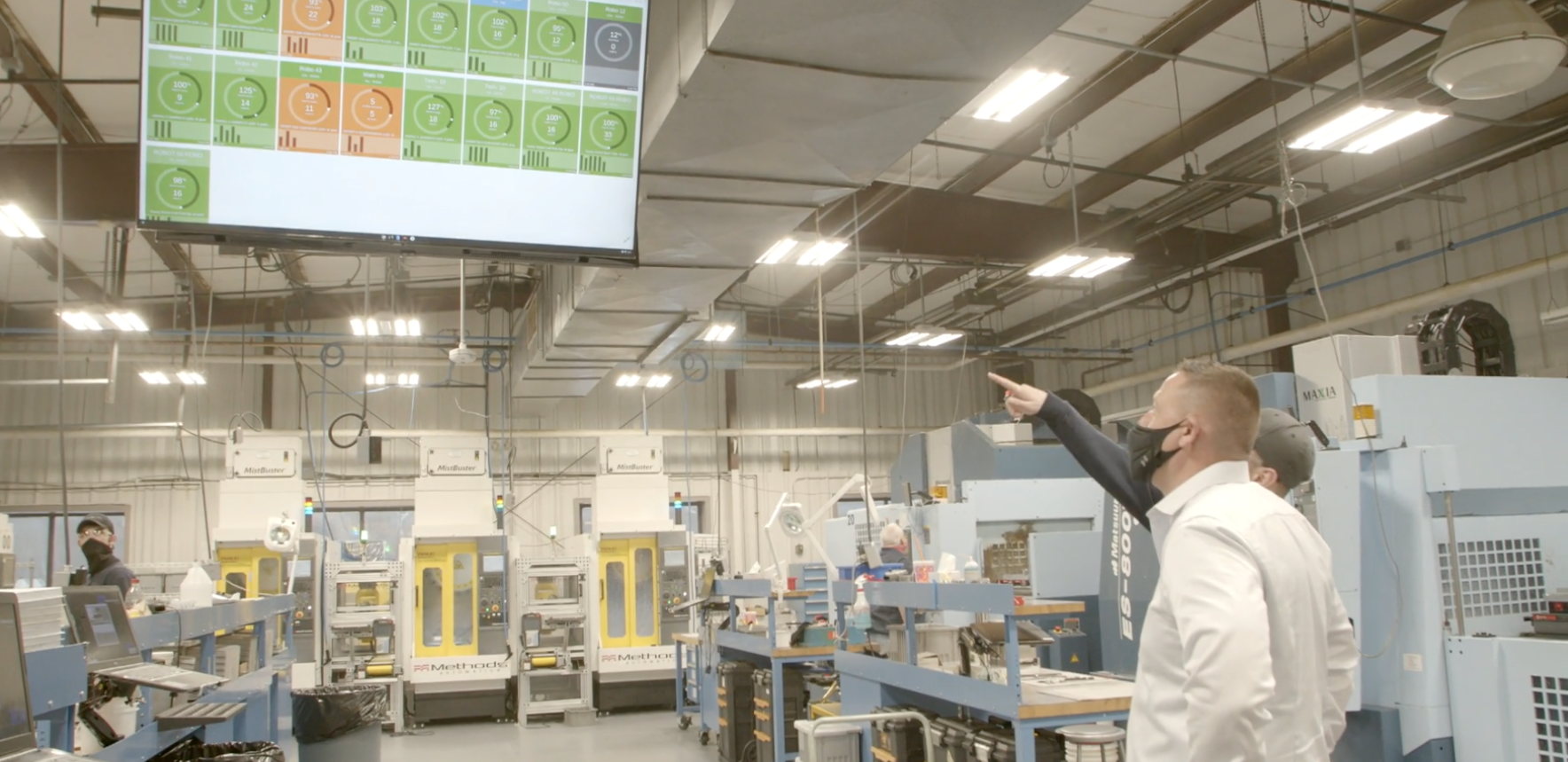Improving your manufacturing cycle efficiency extends far beyond implementing a lean manufacturing strategy focused solely on the actual manufacturing process.
It requires an analysis of all the manufacturing cycle elements involved, from order placement to the manufactured product landing in the hands of the consumer to ensure cycle time optimization.
Many companies focus on the processes involved during the manufacturing period itself, not realizing that waste and inefficiency may have already been designed into the product.
Manufacturing cycle efficiency starts well before the product is actually manufactured and continues even after it leaves the shop floor.
Each element of the product lifecycle — from innovation, design, and development to testing and, eventually, manufacturing — must be examined in order to remove waste from the overall process. And we discuss how you can do this below.
But first, let's cover the basics quickly so we are on the same page as to what cycle efficiency is, and how you can measure it with a simple formula.
What is Manufacturing Cycle Efficiency?
Manufacturing Cycle Efficiency is the proportion of production time spent on value-added activities. To reduce costs, manufacturers can identify activities that are not adding value to the operation.
The importance of measuring manufacturing cycle efficiency is that you are able to develop a better understanding of what percentage of cycle time is comprised of value-added processes. Often, this data can be surprising as manufacturers see the small part of the total cycle time that is effective.
How to Calculate Manufacturing Cycle Efficiency?
To calculate cycle efficiency, divide Value-Added Production Time by the Total Cyle Time.
For reference, Total Cycle Time is the summation of all activities associated with the work on a unit from start to finish. Keep in mind, depending on who you are asking, it can also be defined simply as the time it takes for equipment to complete a movement or process.
| Manufacturing Cycle Efficiency = Value-Added Production Time / Total Cycle Time |
5 Stages to Improve Manufacturing Cycle Efficiency
Below we review the five stages that must be explored to engage in a successful cycle time analysis. As a manufacturer, it's important to engage in each stage to truly understand and optimize the nature of your production.
Stage 1: Concept and Development
There is a significant opportunity for waste and redundancy during the conceptual and development period for a new product. Companies often don’t invest enough time during this feedback and assessment phase, but it is an opportune time to build in lean manufacturing efficiency.
Stage 2: Ordering Process
Efficient manufacturing is all about demand for finished goods and the supply by the manufacturers. One of the key early steps in the manufacturing cycle is the placement of orders for the manufacture of a certain quantity of products. The efficiency of this manufacturing cycle is easily compromised without a streamlined ordering process to account for possible complicating factors, like the currently held amount of stock, volume of sales, or future trends.
Stage 3: Production Scheduling
After the order is placed, production should be scheduled in a way that maximizes a company’s manufacturing facilities. Products manufactured within the stipulated time period, allows a company to cater to the demand generated during the Ordering Process. A tightly run production scheduling process sets up an efficient manufacturing cycle.
Stage 4: Manufacturing
Once the production scheduling process has been streamlined, the actual manufacturing process can commence on available machinery and production lines. To become leaner and eliminate waste, savvy companies employ machine monitoring software - a modern, secure cloud analytics platform application, accessible from anywhere requiring no servers, automatic updates, and little IT expense.
Stage 5: Transportation
The final stage of the manufacturing cycle involves efficient transportation of finished goods to different physical and geographical locations, such as warehouses, distributors, dealers, or retailers. This is literally where the rubber hits the road. With customer expectations higher than ever, even the slightest delay or slip-up in the transfer of product from the shop floor to the end user can be disastrous. Cancellations and payment delays are just two outcomes that can undermine all your efforts at manufacturing cycle efficiency.
Want to See the Platform in Action?
As you can see, all manufactured goods have to pass through a series of manufacturing cycle stages as they are transformed from raw material to a usable commodity that delivers profit to the manufacturer.
For a company truly committed to being lean, every process and activity involved in the manufacturing efficiency cycle must be examined for opportunities to increase lean production. This is why manufacturers need a software solution to monitor and increase production efficiency.
Monitoring your machines is one important step in this cycle. To learn more about how MachineMetrics can help improve your manufacturing cycle efficiency by production monitoring, reach out to us today.
Learn how you can use manufacturing analytics to drive greater efficiency and create even more advanced programs:



.png?width=1960&height=1300&name=01_comp_Downtime-%26-Quality_laptop%20(1).png)






Comments